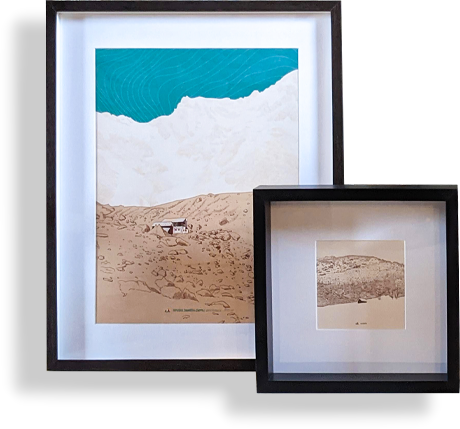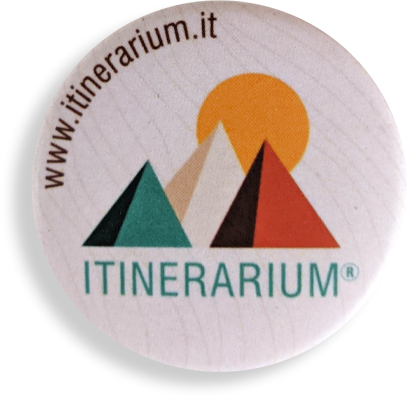From your phone's store, download an App to view the GPX tracks.
Some Apps, like Komoot and Wikiloc have a navigation function (upon payment).
Download the GPX track for your chosen trail.
Upload the GPX file on your App and follow the track* minding the CAI's signposts.
Always check the weather before your trip!
* GPX tracks are taken on recreational level and they are not tested.
Always check the weather before your trip!
* GPX tracks are taken on recreational level and they are not tested.





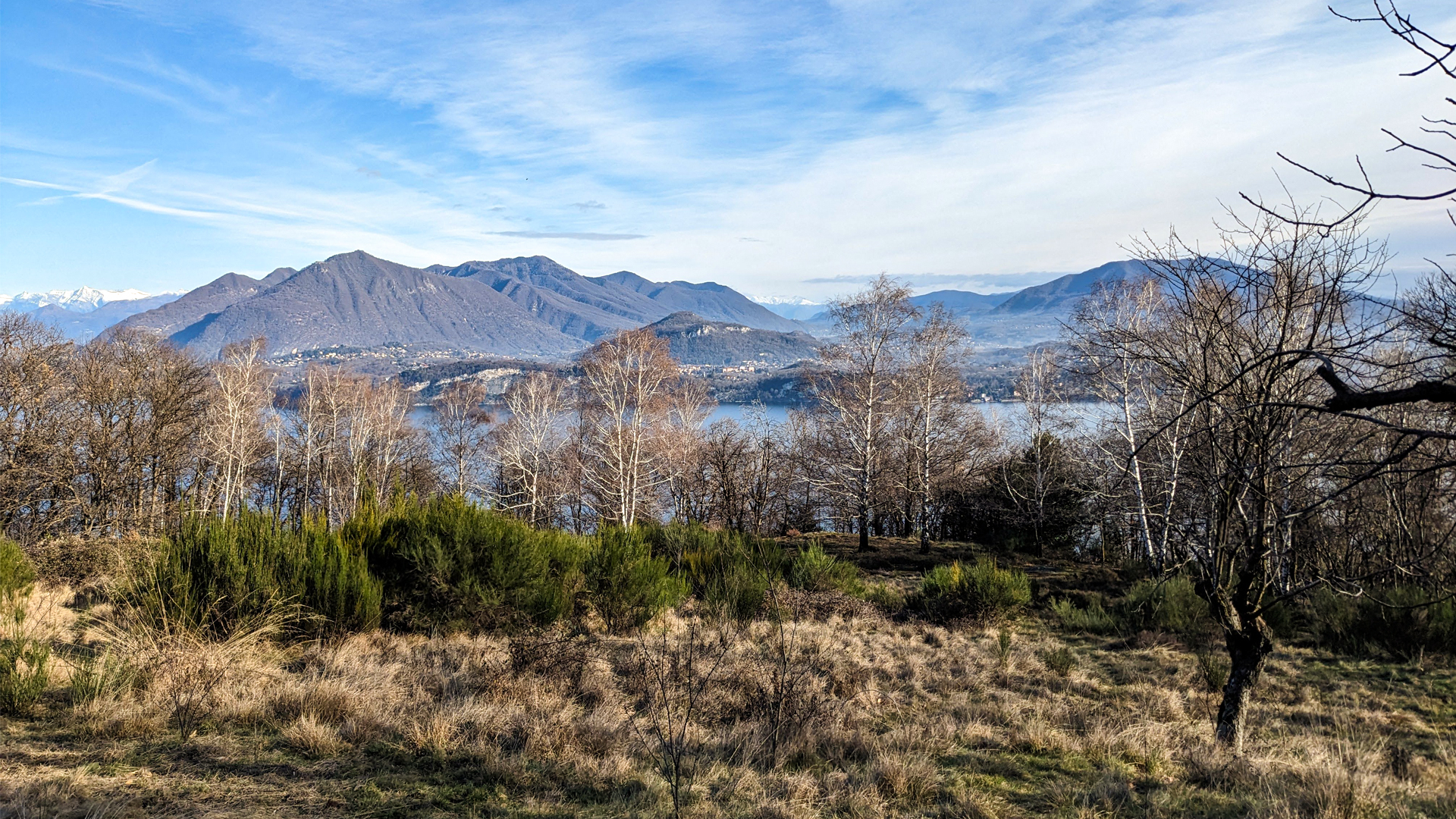
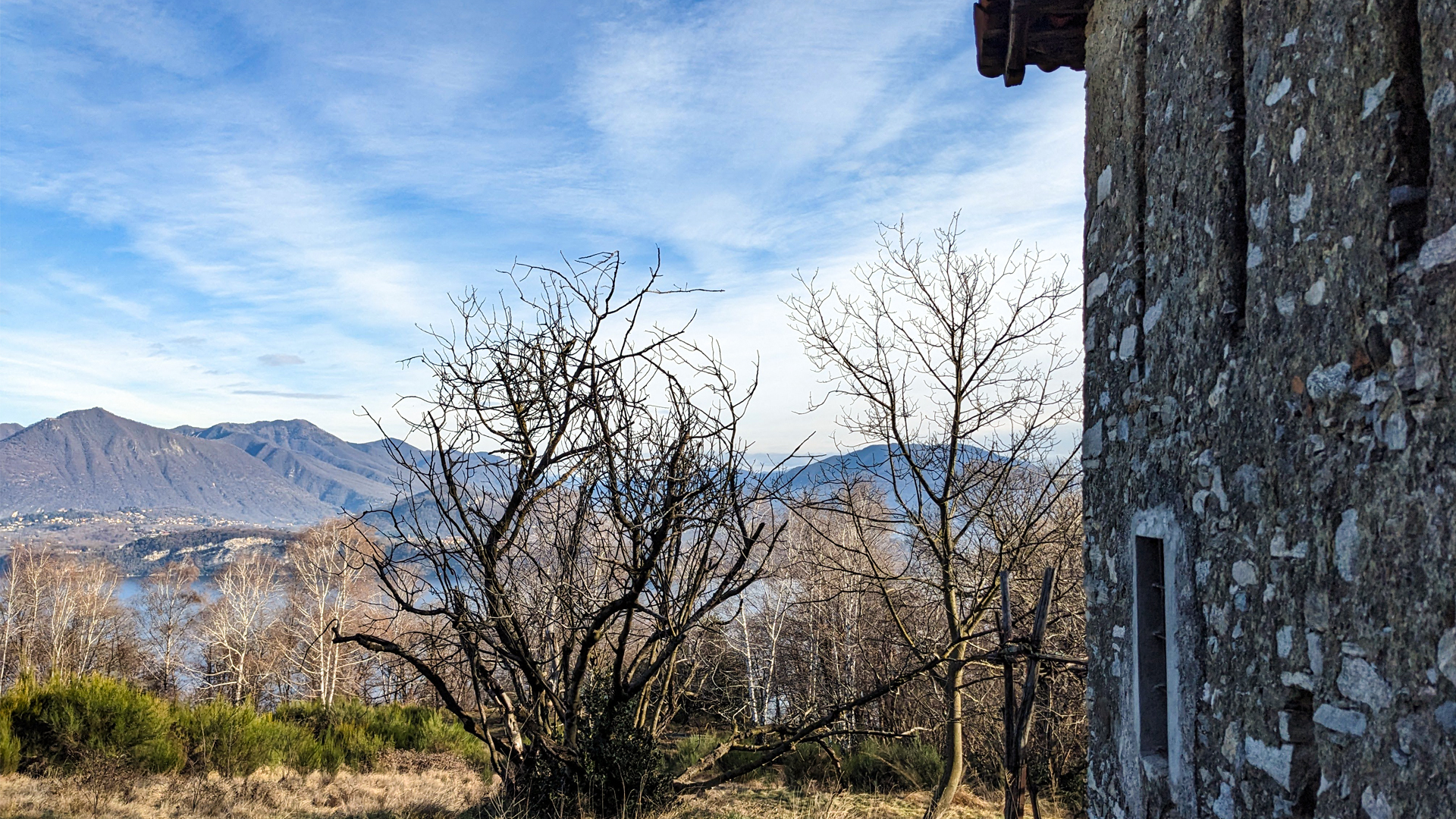
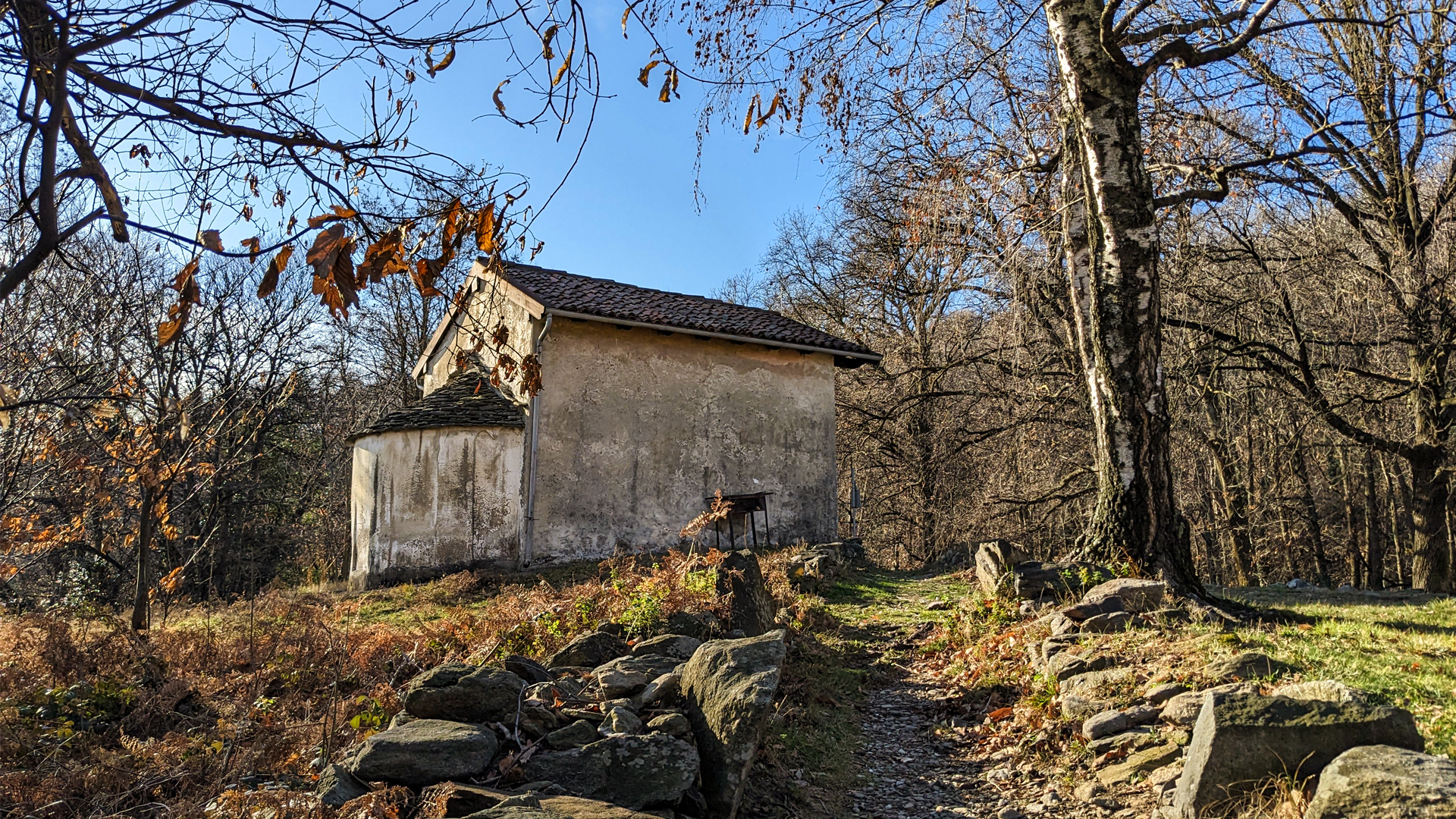
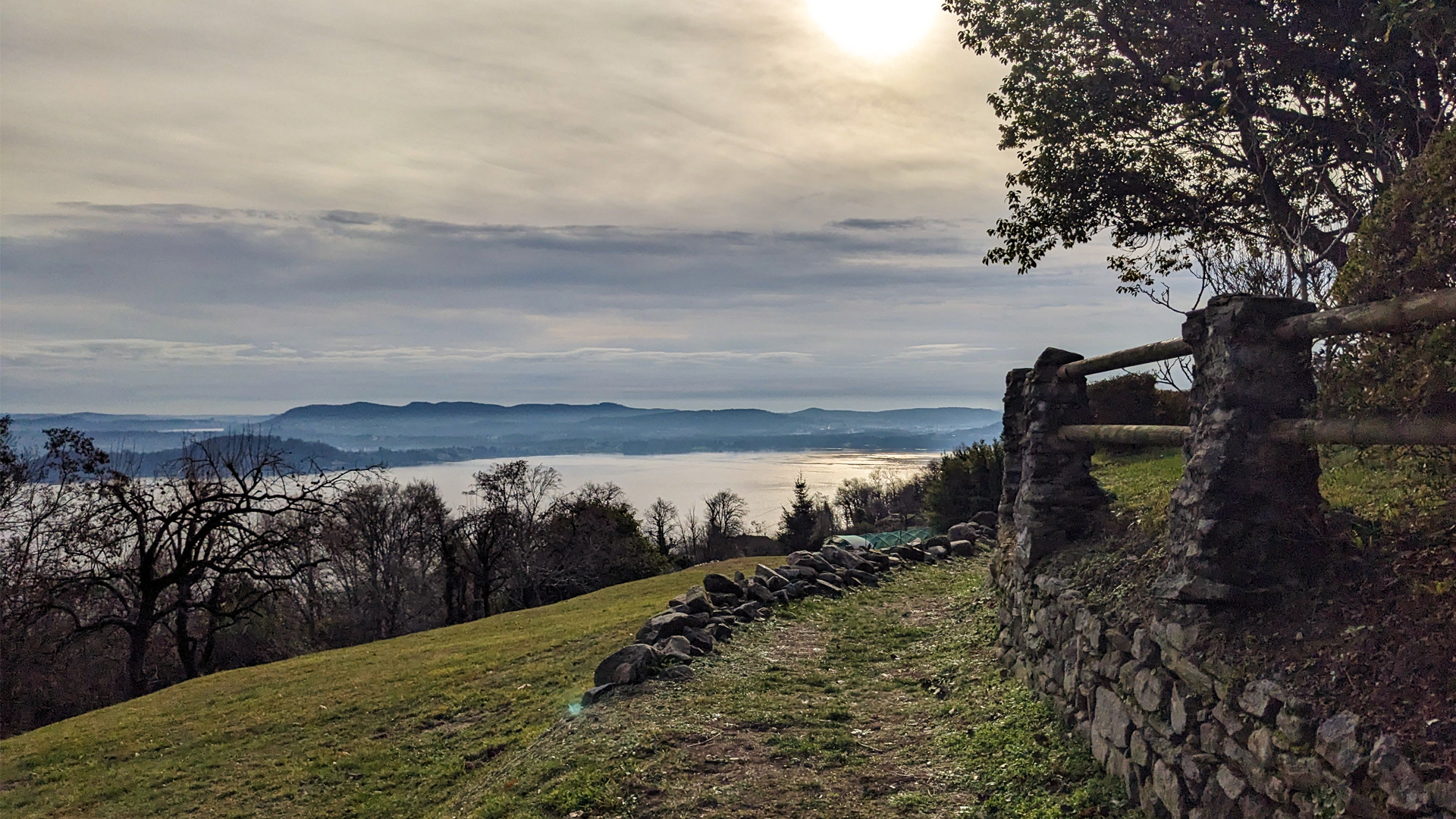
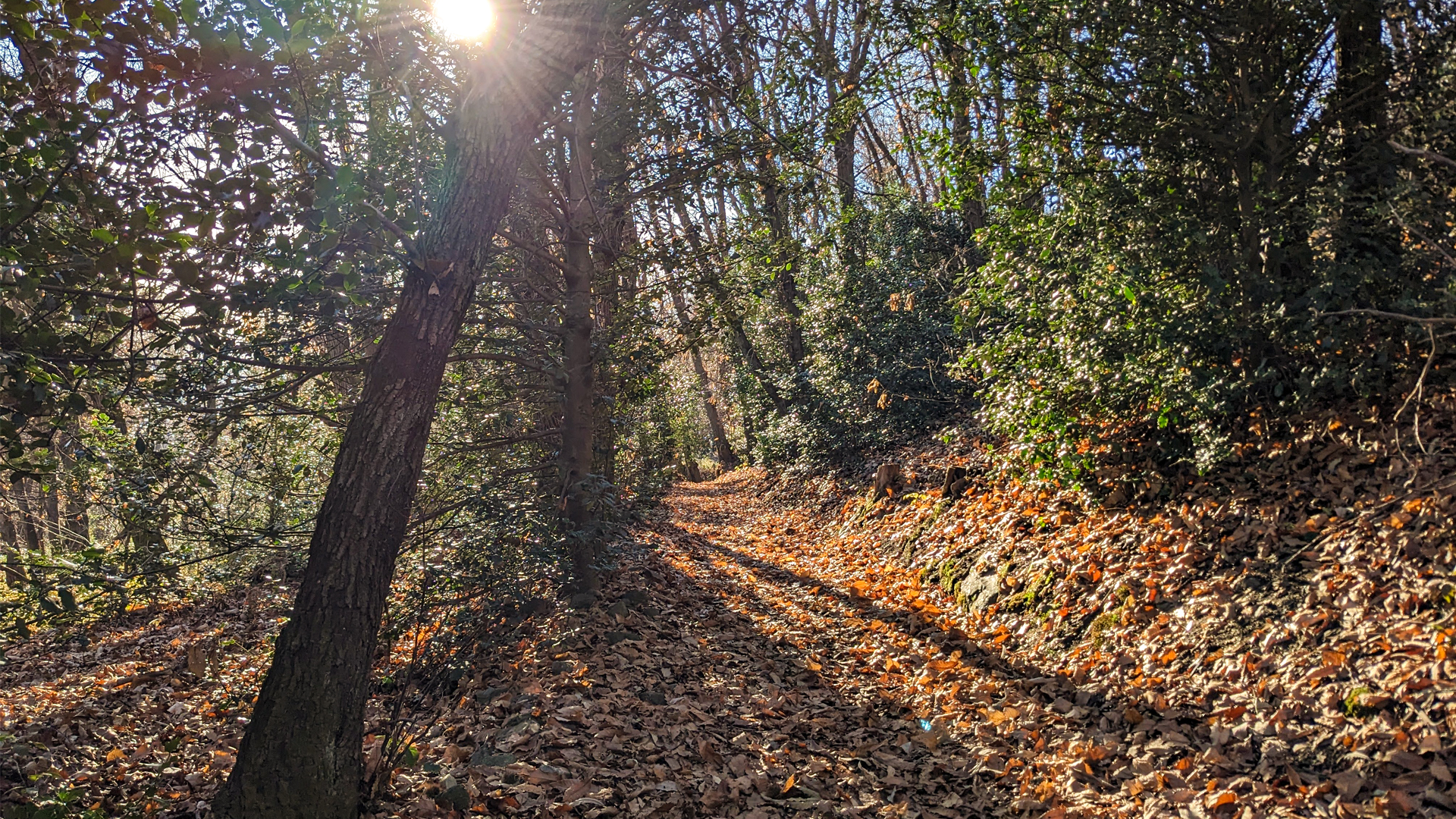
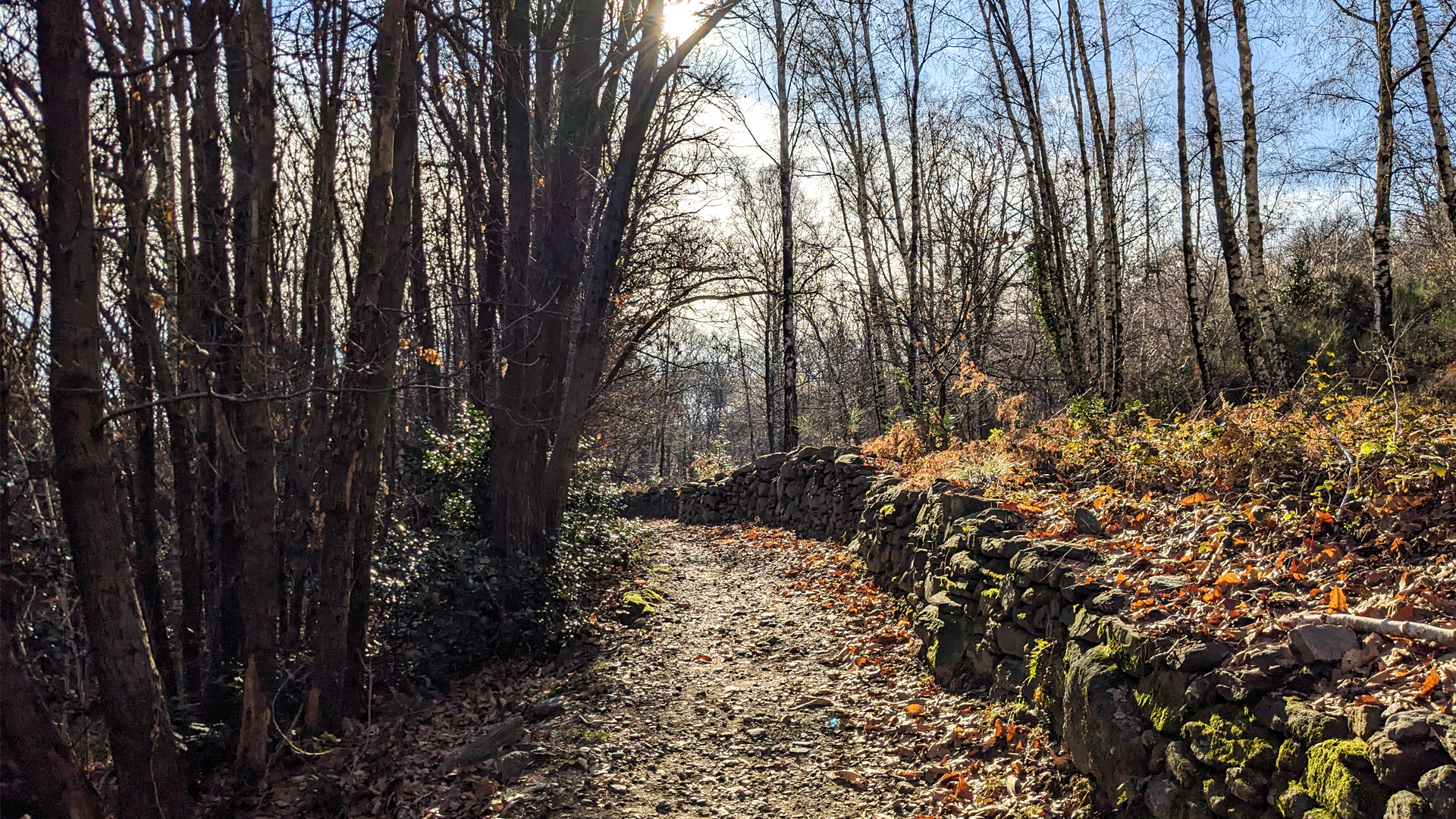







 Length:
Length:
 Our time:
Our time:
 Total climb:
Total climb:
 Min and max height:
Min and max height:
 Type of track:
Type of track:
 Surface:
Surface:
 Panorama:
Panorama:
 Cell network coverage:
Cell network coverage:
 Traced in winter:
Traced in winter:
 Traced by bike:
Traced by bike:



